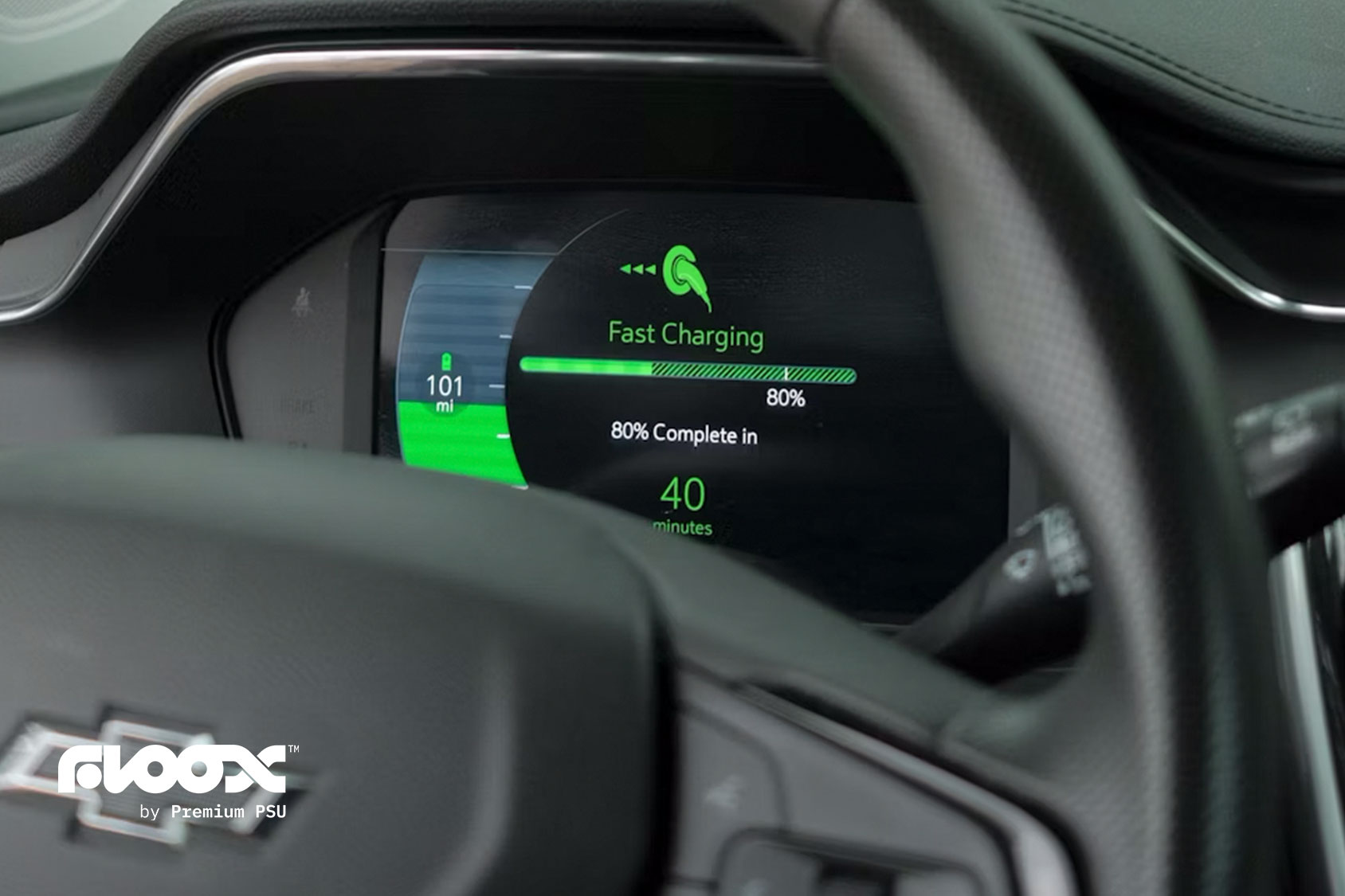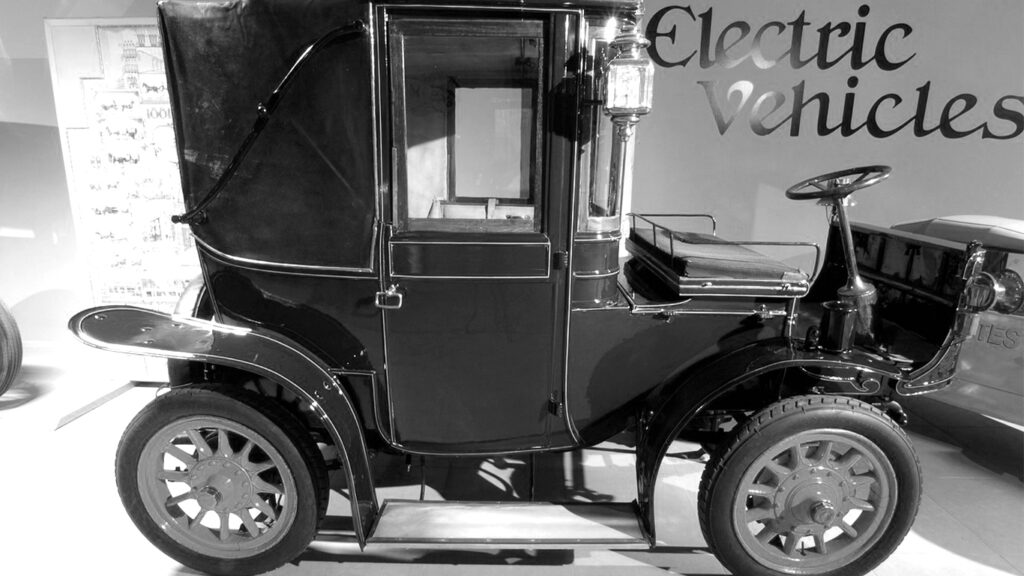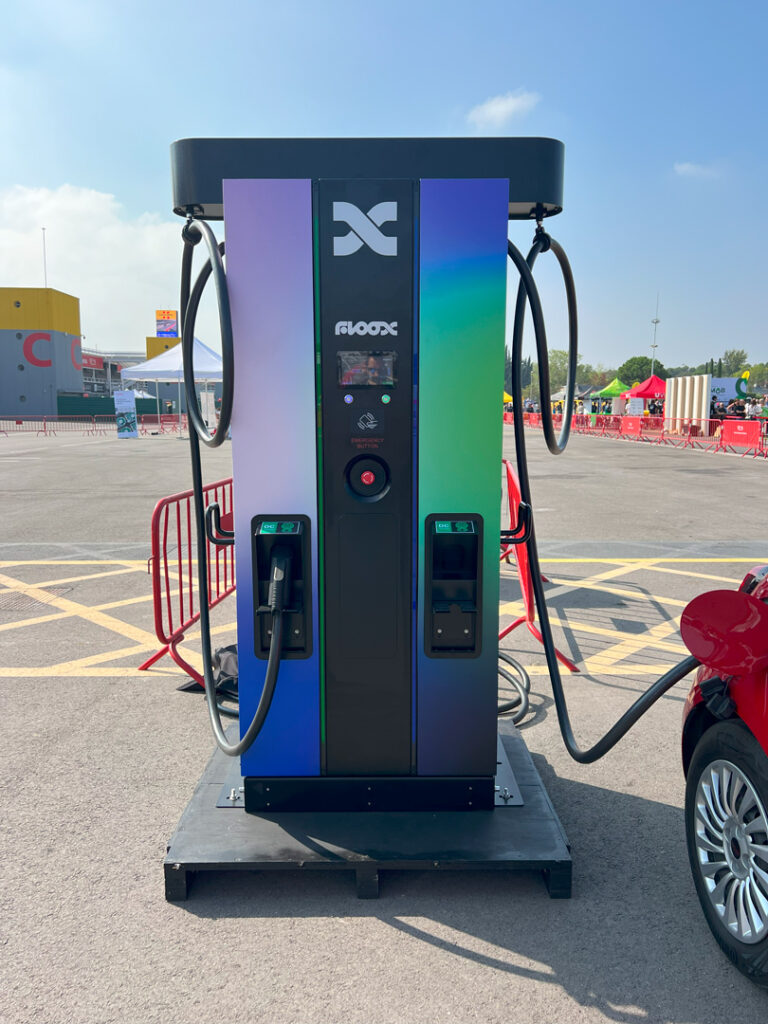
The electric mobility sector has emerged as a major player in the constant search for greater energy efficiency and sustainability. Within this context, fast charging technology has undergone a steady transformation, enabling faster charging times and improving the practicality of electric vehicles in the business environment. In this article, we explore the background and the latest innovations in direct current (DC) fast charging technology and their influence on the future of electric mobility in the corporate environment.
Background and Development of Fast Charging Technology
The electric vehicle charging process has undergone a metamorphosis since its early days, when charging was carried out using standard alternating current (AC). However, the need to shorten charging times and make electric vehicles more viable as practical alternatives to internal combustion cars led to the birth of fast charging technology. Initially focused on alternating current charging, there was soon a shift towards direct current (DC) charging due to its greater efficiency and ability to provide faster recharges.
In fact, what is considered the first electric vehicle was unveiled in Germany in 1888, the Flocken Elektrowagen. With a design similar to that of an elegant buggy, the Flocken Elektrowagen had four wheels, a 0.7 kW motor and a 100 kg battery, and could reach an impressive speed of 15 km/h! This historic milestone marked the beginning of the electric vehicle era, laying the foundation for the technology that is currently revolutionizing the automotive industry and sector.
Current Overview: Advances in DC Fast Charging
In the mid-20th century, electric vehicle batteries had a range of around 65-80km. However, seventy years later, in the 21st century, the range of an EV can reach up to 500 km, recovering up to 400 km with DC charging in a reduced time of 30 min.

Today, DC fast charging technology has reached remarkable levels of efficiency and speed. Among the latest innovations is the implementation of ultra-fast chargers (up to 360kW), capable of providing a substantial charge in a matter of minutes. These ultra-fast charging systems incorporate advanced technologies such as liquid cooling and intelligent power management, with the aim of maximizing charging speed without compromising battery life.
Likewise, the concept of multiple charging stations, designed to house multiple simultaneous charging stations, has emerged. This solution becomes relevant in the business environment, where fleets of electric vehicles, or electric charging stations, are in constant rotation. The ability to charge multiple vehicles at the same time optimizes resources and reduces downtime. These advances in fast charger technology, which use direct current to feed it into the batteries, are offering a second chance to electric vehicles.
The Future Horizon for Enterprise Mobility
With the continued evolution of DC fast charging technology, the future of electric mobility in the corporate environment looks very exciting. Companies can anticipate further integration of fast charging into their daily operations, which will not only promote sustainability, but also improve operational efficiency. The ability to charge fleets of electric vehicles in minimal time will give companies a competitive advantage by reducing downtime and increasing productivity.
The evolution of fast charging has been a process spanning from the early days of electric mobility to the present day, characterized by groundbreaking innovations and milestones. DC fast charging technology is shaping the future of electric mobility in the business environment, offering fast, efficient and scalable solutions for electric vehicle fleets according to the needs of each business.
Electric vehicle fleets in companies
The integration of DC fast charging has a particularly significant impact on the business environment. Electric vehicle fleets play a key role in the mass adoption of electric mobility, and DC fast charging technology enables them to keep on the move without long downtimes. Companies can install multiple charging stations in their facilities or logistics centers, allowing them to charge several vehicles at the same time and optimize available resources.
 Heavy-duty electric vehicles, such as buses and trucks, have seen significant growth in electric mobility in recent years. Many cities and public transport companies have begun to incorporate electric buses into their fleets, demonstrating the viability of these vehicles in commercial applications. In addition, logistics and transportation companies are testing electric trucks for the distribution of goods in urban areas.
Heavy-duty electric vehicles, such as buses and trucks, have seen significant growth in electric mobility in recent years. Many cities and public transport companies have begun to incorporate electric buses into their fleets, demonstrating the viability of these vehicles in commercial applications. In addition, logistics and transportation companies are testing electric trucks for the distribution of goods in urban areas.
The evolution of DC fast charging is a testament to the power of technological innovation to transform industries. As technologies continue to evolve and charging infrastructures expand, electric mobility in the enterprise environment will become more accessible and sustainable. With ultra-fast chargers, multi-charging solutions and the ability to integrate electric vehicles into the grid, businesses are leading the way to a future of electrified, environmentally friendly mobility.





